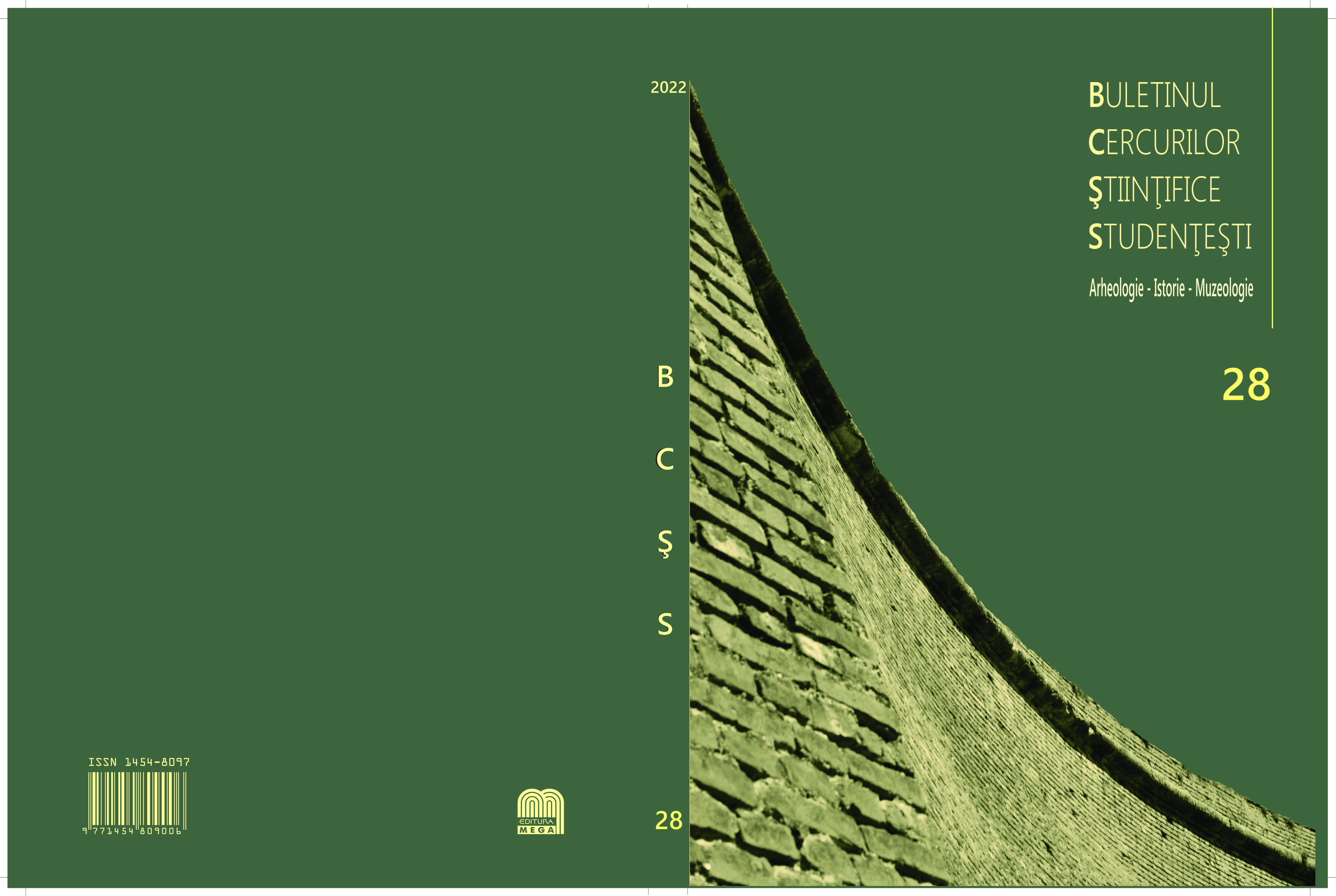MARTIE 1945. POZIȚIA LUI PETRU GROZA CU PRIVIRE LA TERITORIUL TRANSILVĂNEAN CEDAT LA 30 AUGUST 1940 UNGARIEI
MARCH 1945: PETRU GROZA’S POSITION ON THE TRANSYLVANIAN TERRITORY ASSIGNED TO HUNGARY ON AUGUST 30, 1940
Author(s): Tania-Nicoleta BîcSubject(s): Political history, Recent History (1900 till today)
Published by: Universitatea »1 Decembrie 1918« Alba Iulia
Keywords: Romania; Northern Transylvania; communist leaders; Soviet Union
Summary/Abstract: The present work analyses Petru Groza’s position regarding an important historical fact for our country, namely the reintegration of Northern Transylvania into Romania, but also the attitude that the prime minister had towards the Hungarian minority in the regained territory. In the first part of the paper, I analyse the involvement of Constantin Sănătescu in the Transylvania problem and the conclusion of the Armistice on September 12, 1944. Through his forced resignation, Nicolae Rădescu came to power, who, forced by circumstances, then gave up the position of prime minister due to the pressure of the Soviets to be replaced by Petru Groza. In the second part I analyse the reasons why Petru Groza tried under Moscow’s tutelage to approach a policy of reconciliation with the Hungarians in Transylvania, bringing him some antipathy from the Romanians. With a vast political experience, knowing Transylvanian realities, and being a sympathizer of the Hungarian minority, Petru Groza represented the ideal candidate for the position of prime minister of Romania for the leader of the Soviet Union, in order to mitigate inter-ethnic conflicts. Therefore, we consider that the objective of our research to analyse Petru Groza’s position regarding Transylvania in relation to the Hungarian minority is useful for the historiographical landscape because it is a topic that is very little discussed and analysed. Even if there are valuable works on the political situation of Transylvania in the period 1944-1945, among which we mention several titles written by the historians Stefano Bottoni (2010), Valeriu Florin Dobrinescu and Ion Pătroiu (2001); Marcela Sălăgean (2013), Petru Groza’s position had not, however, been given special attention.
Journal: Buletinul Cercurilor Științifice Studențești
- Issue Year: 28/2022
- Issue No: 1
- Page Range: 147-157
- Page Count: 11
- Language: Romanian

